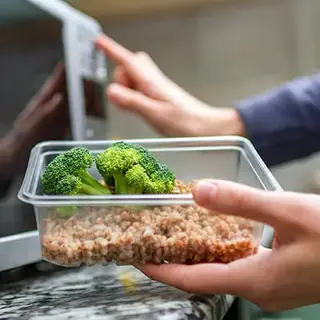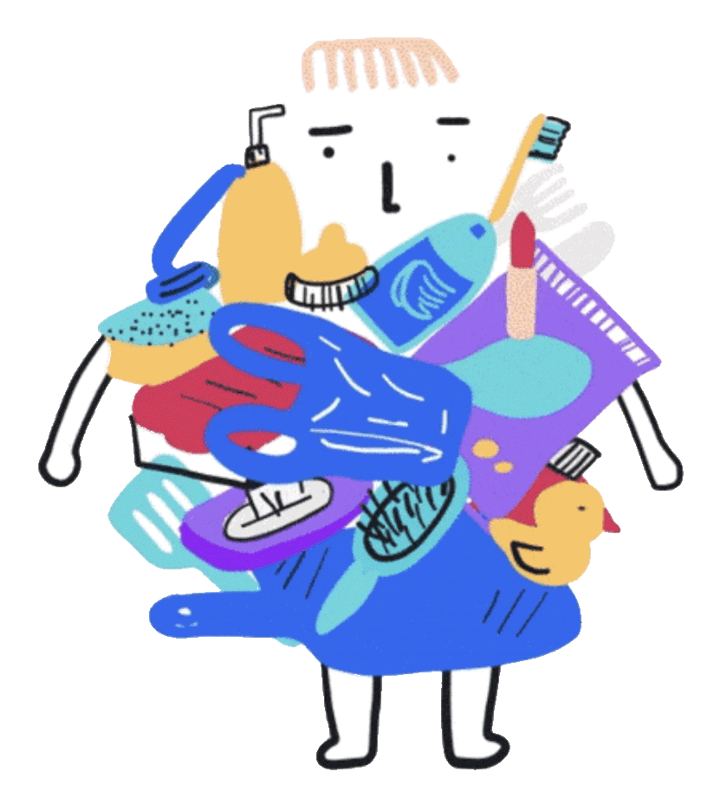Dit artikel verscheen op 24 december in Food+Agribusiness
Met meer dan 100 miljoen Euro aan beschikbaar kapitaal kondigde Avantium recentelijk de bouw aan van een fabriek in Delfzijl. De beurs reageerde enthousiast. Het gaat om de eerste fabriek ter wereld waar FDCA (furaandicarbonzuur) op commerciële schaal zal worden geproduceerd. Dat zijn de bouwstenen voor PEF (polyethyleenfuranoaat). De potentie van dit nieuwe soort plastic op basis van plantaardige suikers is groot. Het materiaal heeft namelijk superieure eigenschappen ten opzichte van PET, dat bovendien van fossiele brandstoffen wordt gemaakt. Van PEF kunnen flessen gemaakt worden, maar ook textiel en wikkels. Is PEF daarom het wonderplastic waar de wereld naar snakt? Helpt het de plasticsoep op te lossen?
Het plantaardige PEF is niet persé gemaakt om biologisch te worden afgebroken. Uit testen blijkt dat het alleen afbreekt in een industriële composteringsinstallatie bij een temperatuur van 58 graden en daar tussen de 250 en 400 dagen — dus ongeveer één jaar — voor nodig heeft. Andere bioplastics composteren binnen een cyclus van elf dagen. Je kunt je om die reden afvragen of PEF überhaupt composteerbaar genoemd mag worden. Zeker is in elk geval dat composteerders het materiaal zullen weigeren. Komt PEF in de natuur terecht dan toont het pas na jaren enige vorm van degradatie. Hoelang het werkelijk duurt voordat PEF volledig afbreekt, bijvoorbeeld in zee bij lage temperaturen, weinig zuurstof en gebrek aan zonlicht, is nu nog onbekend. Mogelijk duurt dat honderden jaren. Ook Avantium blijft het antwoord hierop schuldig.
Al in 2017 was bekend dat het niet gaat om biologische afbreekbaarheid. Avantium-topman Tom van Aken verklaarde toen in een interview dat ‘partijen als Coca-Cola en Danone ons op het hart [hebben] gedrukt om ons volledig te richten op het recyclen van PEF’. Dat is gelukt, want naar verluidt kan PEF even goed gerecycled worden als PET. Beide soorten hoeven daarvoor niet van elkaar gescheiden te worden en er hoeven geen installaties worden aangepast. Bedrijven als de genoemde twee kunnen straks profiteren van alle materiaalvoordelen, zoals een barrièrewerking voor zuurstof en koolzuur die respectievelijk zes- en driemaal zo goed is. Dit betekent dat er dankzij PEF vele nieuwe toepassingen bedacht kunnen worden. En hoe dat uitpakt is volstrekt onduidelijk. Het papieren bierflesje met PEF-coating bestaat al. Kan dit goed gerecycled worden en wordt de hervulbare glazen bierfles dan vervangen? Wordt zo een goed functionerend statiegeldsysteem dat gebaseerd is op hergebruik van flessen ondermijnd?
De plasticsoep wordt vooral veroorzaakt door het massale gebruik van plastic als eenmalig verpakkingsmateriaal. Daar verandert PEF niets aan. Integendeel. PEF past naadloos in het huidige tijdgewricht van excessieve verpakkingen die in het beste geval na gebruik worden gerecycled.
Tenzij … het materiaal wordt ingezet voor meermalig gebruik. Dan ga je, bijvoorbeeld, met een PEF bakje naar de supermarkt om dat te vullen met een gewenste hoeveelheid van een bepaald product. Het is teleurstellend dat Avantium juist over dit aspect vaag blijft. Avantium zegt: Performance potential PEF in reuse [is] under development’.
PEF heeft ontegenzeggelijk grote toepassingsvoordelen ten opzichte van PET, maar voor de plasticsoep is dat helaas om het even. PEF kan immers even desastreus uitpakken voor het milieu als traditionele plasticsoorten. Het is daarom vooral aan de wetgever om voorwaarden te stellen of aan te scherpen voor de productie en het gebruik van verpakkingsmaterialen. Die zullen gericht moeten zijn op meermalig hergebruik en statiegeldsystemen. Pas dan zal PEF kunnen bijdragen aan het terugdringen van plasticsoep.
Harmen Spek, manager Innovations & Solutions van Plastic Soup Foundation.



